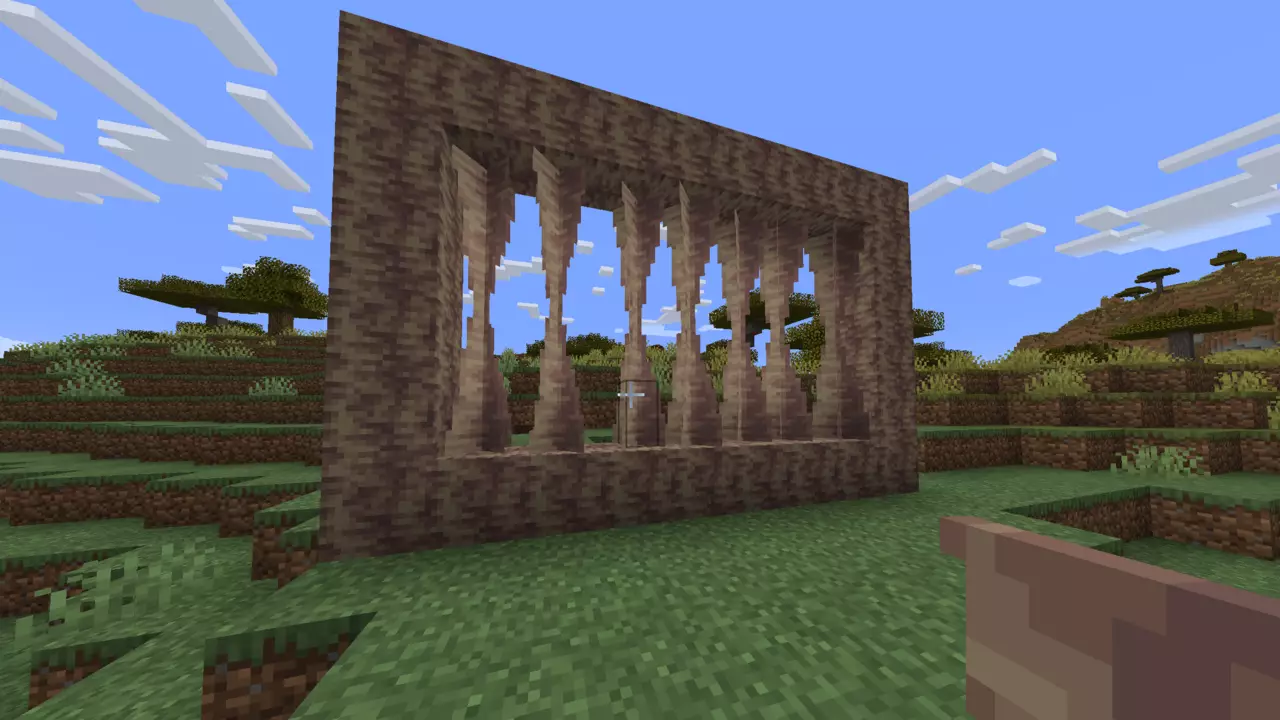Minecraft continues to evolve with each update, bringing new elements that pique the curiosity of players. Among these intriguing additions is pointed dripstone, a relatively new feature that consists of stalagmites and stalactites. While many players recognize these formations, understanding their uses and characteristics can be quite confusing. This guide aims to break down the essential aspects of pointed dripstone, covering its features, discovery, and potential applications in your Minecraft adventures.
In the game, pointed dripstone is an overarching term that encompasses both stalagmites and stalactites. Stalagmites rise upward from the ground, while stalactites hang downward from ceilings, creating a fascinating geological feature within the game. These formations are most commonly found in dripstone caves, a unique biome where these features naturally spawn when attached to dripstone blocks. Importantly, players can mine both pointed dripstone and the surrounding blocks using various tools. Though any tool can suffice, using a pickaxe generally yields faster results.
One of the strategic aspects of pointed dripstone is its craftability. Players can create a dripstone block by combining four pieces of pointed dripstone at a crafting table, allowing for greater flexibility in fortress decoration or trap construction. This crafting capability empowers players to rearrange pointed dripstone in preferred locations, enhancing both their aesthetic and functional potential.
Finding Dripstone Caves: The Search for Pointed Dripstone
Locating dripstone caves can be an adventure in itself, as they can spawn in any height within the overworld cave biomes. However, these caves are most commonly found away from bodies of water, so adventurers should dig inland to increase their chances. As you traverse the depths of the earth searching for these caves, keep an eye out for distinctive formations: the presence of multiple stalagmites and stalactites will signal that you’re on the right track.
Once you encounter a dripstone cave, you’ll be greeted with a breathtaking landscape filled with pointed dripstone. Given that these formations do not naturally occur outside of this biome, spotting them serves as a reliable indicator that you’ve found a dripstone cave. This singular presence makes exploring these caves an important task for any player seeking to maximize their Minecraft experience.
While stalagmites are visually appealing, they serve an underlying role as a potential hazard within the game. Falling onto a stalagmite doubles the fall damage incurred, which can be lethal if you’re not careful. This harm is not restricted to players; mobs can also be affected, allowing players to employ stalagmites strategically in defense traps around their bases. However, it’s essential to remember that mobs that are immune to fall damage will not be affected by this feature.
Despite this danger, stalagmites do not offer a plethora of practical uses beyond their harm potential and decorative appeal. When creatively integrated into builds or caverns, these formations can elevate the aesthetic of a player’s base, creating a unique ambiance reminiscent of natural caves. When combined with stalactites, they can become striking focal points, enriching the visual storytelling of a player’s virtual domain.
While stalagmites have a somewhat limited utility, stalactites bring additional functionality to the table. Players can utilize stalactites for practical purposes, such as generating water. By placing a stalactite above a cauldron and connecting it to a water source, there’s a chance that the stalactite will drip water into the cauldron, incrementally raising the liquid level until full. This feature opens up interesting possibilities for aquatics and irrigation setups within player bases.
On the flip side, stalactites can also cause harm if they fall, but this function is less widely applicable since the connected block must break for damage to occur. Thus, while they provide some threat, their primary draw remains decorative.
Pointed dripstone has established itself as an interesting feature in Minecraft, blending aesthetic appeal with strategic functionality. Players who venture into dripstone caves will find themselves immersed in a captivating environment with both beauty and danger. Whether designing intriguing traps with stalagmites or utilizing their counterparts for resource generation, the possibilities for creativity are endless. As you continue to explore the expansive world of Minecraft, let pointed dripstone redefine your underground experiences while adding a new dimension to your gameplay.

